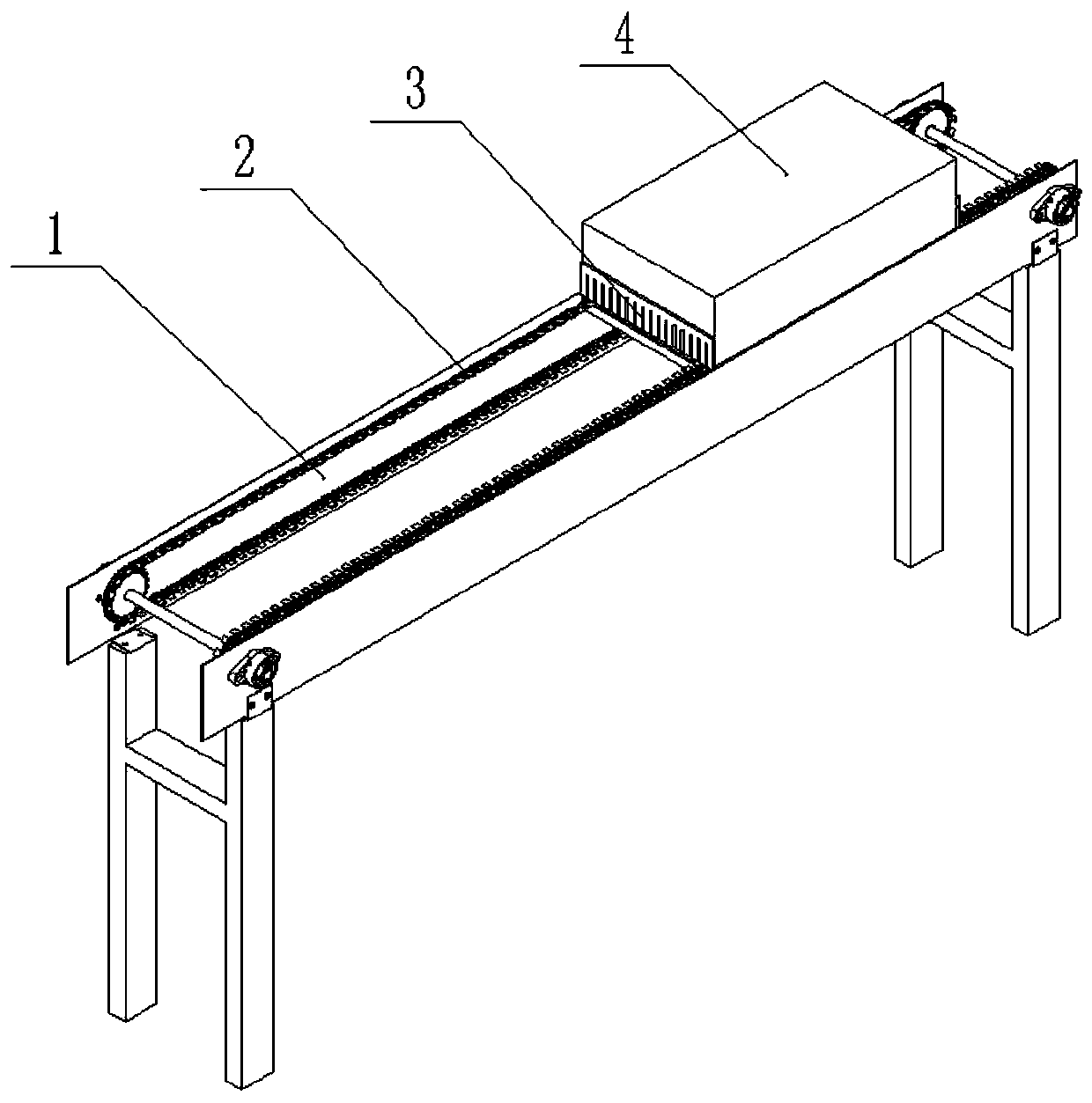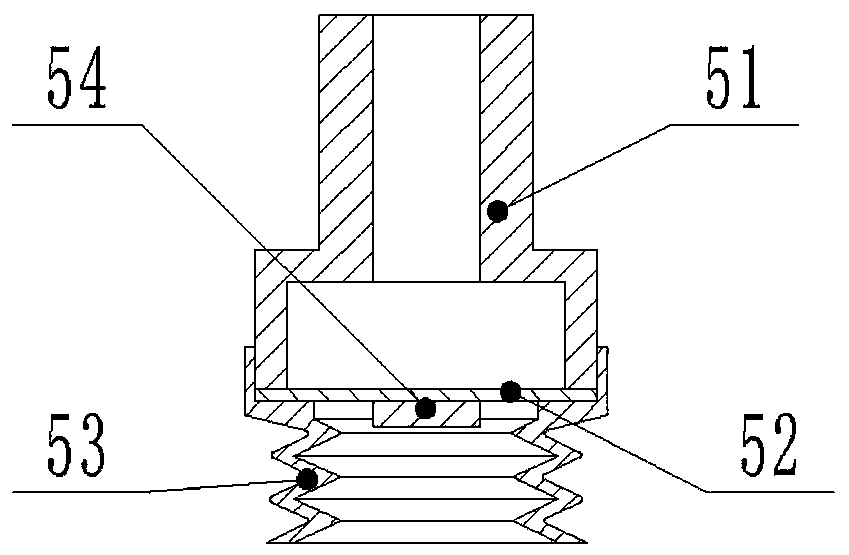A kind of non-destructive identification device and method for hatching eggs
An identification method and breeding egg technology are applied in poultry farming, application, animal husbandry, etc., which can solve the problems of insufficient manual detection efficiency, decreased detection accuracy, and low efficiency, so as to reduce hidden dangers of egg damage, improve detection accuracy, The effect of improving detection efficiency
- Summary
- Abstract
- Description
- Claims
- Application Information
AI Technical Summary
Problems solved by technology
Method used
Image
Examples
Embodiment 1
[0047] In Example 1, a total of 227 "Meiling" broiler eggs were tested for light transmission on the 0-12th day of incubation, and the eggs came from the same hatchery and the same batch.
[0048] Each light source used in this experiment is a warm white LED with a color temperature of 2700K, a power of 1.35W, and a light sensor of OPT3001. After the eggs are cleaned and disinfected, they are put into the incubator for incubation. On the 0-12th day of incubation, take out the eggs regularly every day and use the above equipment to measure the light transmittance after the light passes through the eggs. On the seventh day, artificially illuminate the eggs to determine the live embryo eggs and record them, and take out the live embryos on the 10th day The eggs were placed in a refrigerator at 2°C for 12 hours, thereby artificially producing 90 eggs with dead embryos and remaining 77 eggs with live embryos. After the measurement on the 12th day, the hatching eggs were inspected. C...
Embodiment 2
[0068] Step 1, the egg tray 47 with the eggs on the egg delivery frame 1 enters the detection device 4, when the egg tray is detected by the egg tray sensor 46, the chain 2 stops running, and the cylinder 42 in the detection device 4 starts to drive The fixed plate 45 and the light amount detection device 5 on it descend, and when the inner edge of the lower end of the light-shielding cap (53) contacts the eggs, the cylinder (42) stops running;
[0069] Step 2, the LED light bead 49 in the detection device 4 is energized, and the LED light bead 49 emits a light beam upwards to pass through the through hole of the egg tray 47 to irradiate the eggs, and the light quantity detection device 5 continuously collects and obtains the light transmittance within 10 seconds. light signal strength;
PUM
 Login to View More
Login to View More Abstract
Description
Claims
Application Information
 Login to View More
Login to View More - R&D
- Intellectual Property
- Life Sciences
- Materials
- Tech Scout
- Unparalleled Data Quality
- Higher Quality Content
- 60% Fewer Hallucinations
Browse by: Latest US Patents, China's latest patents, Technical Efficacy Thesaurus, Application Domain, Technology Topic, Popular Technical Reports.
© 2025 PatSnap. All rights reserved.Legal|Privacy policy|Modern Slavery Act Transparency Statement|Sitemap|About US| Contact US: help@patsnap.com



